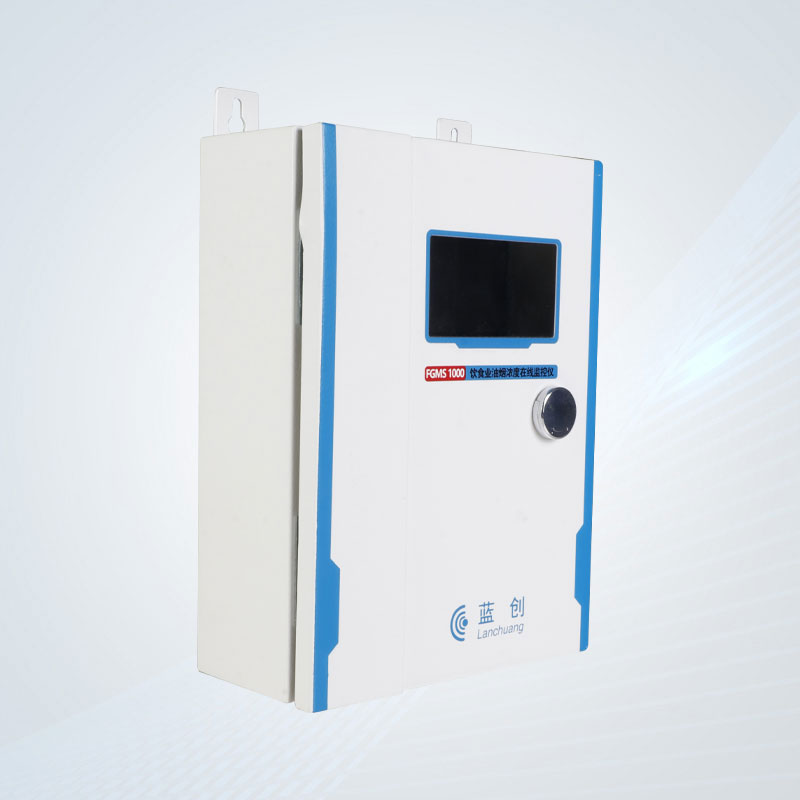Environmental Monitoring Technology: Analysis of Applications, Developments, and Employment Prospects
Release time:2025-08-27
Visits:530
Environmental monitoring technology is an important scientific means to evaluate environmental quality, prevent pollution, and achieve sustainable development. With technological progress and the increasing demand for environmental protection, this technology has formed a complete system from data collection to analysis and application, promoting the development of environmental governance towards intelligence and precision.
I. Core Technologies and Application Directions
1. Online Monitoring Technology
Online monitoring systems use sensors and Internet of Things (IoT) technology to collect environmental data 24 hours a day, which are widely used in the fields of air, water quality, and soil monitoring. For example, air quality monitoring stations can track the concentrations of pollutants such as PM2.5 and sulfur dioxide in real - time, assisting in urban air quality early warning; water quality monitoring systems use spectral analysis and biosensors to quickly detect indicators such as heavy metals and organic matter.
2. Integration of Traditional and Modern Technologies
Traditional manual sampling and laboratory analysis remain fundamental methods. For example, chemical analysis methods are used to detect the components of soil pollutants. The addition of modern remote sensing technology, drone monitoring, and big - data analysis has significantly improved the monitoring coverage and efficiency. Remote sensing technology can dynamically monitor forest cover and changes in water area ecosystems, and drones play a key role in disaster emergency monitoring.
3. Data Management and Intelligent Analysis
The application of cloud computing and artificial intelligence has promoted the improvement of data processing efficiency. For example, big - data platforms integrate multi - source environmental data, build pollution diffusion models, and assist in formulating precise governance plans.
II. Technological Development Trends
1. High - Precision Monitoring Technology
Technologies such as hyperspectral remote sensing and lidar enable molecular - level identification of pollutant components. For example, hyperspectral water quality monitoring can analyze indicators such as chlorophyll and suspended solids in water bodies, supporting refined management and control.
2. Internet of Things and Intelligent Terminals
Deploying intelligent sensor networks can realize real - time transmission of regional environmental parameters. For example, urban noise monitoring systems can quickly locate noise sources through distributed terminals.
3. Accelerated Transformation of Technological Achievements
Industry - university - research cooperation promotes the implementation of technologies. For example, the miniaturized and portable design of environmental monitoring equipment meets the monitoring needs of remote areas and emergency events.
III. Talent Cultivation and Curriculum System
The environmental monitoring major emphasizes the combination of theory and practice. Core courses include:
- Basic Disciplines: Introduction to Environmental Protection, Analytical Chemistry, Instrument Operation;
- Professional Skills: Sample Collection, Data Analysis, Quality Control;
- Cutting - Edge Technologies: Principles of Remote Sensing Monitoring, Big - Data Processing.
Through simulation training and on - the - job practice, students can master the complete process from on - site sampling to laboratory analysis, meeting the diversified employment needs.
IV. Employment Prospects and Career Directions
1. Employment Fields
- Government and Public Institutions: Environmental Monitoring Stations, Ecological Protection Centers;
- Enterprise Departments: Third - Party Testing Agencies, Environmental Protection Equipment R & D Enterprises;
- Emerging Fields: Smart City Environmental Management, Carbon Monitoring and Emission Reduction Assessment.
2. Job Requirements
The demand for positions such as chemical inspectors, atmospheric environment monitors, and water quality analysts is steadily increasing. Meanwhile, composite talents with IoT operation and data analysis capabilities are more favored.
1. Decision - Making Support for Pollution Prevention and Control
Real - time monitoring data provide a basis for formulating emission - restriction policies and demarcating ecological protection areas. For example, air quality models are used to guide industrial enterprises to implement staggered - peak production.
2. Ecological Restoration and Resource Management
Soil pollution monitoring assists in land restoration planning, and water quality data support the optimization of water resource allocation and sewage treatment plans.
3. Public Health Protection
Noise monitoring systems improve the urban living environment, and pollutant tracing technology reduces health risks.




